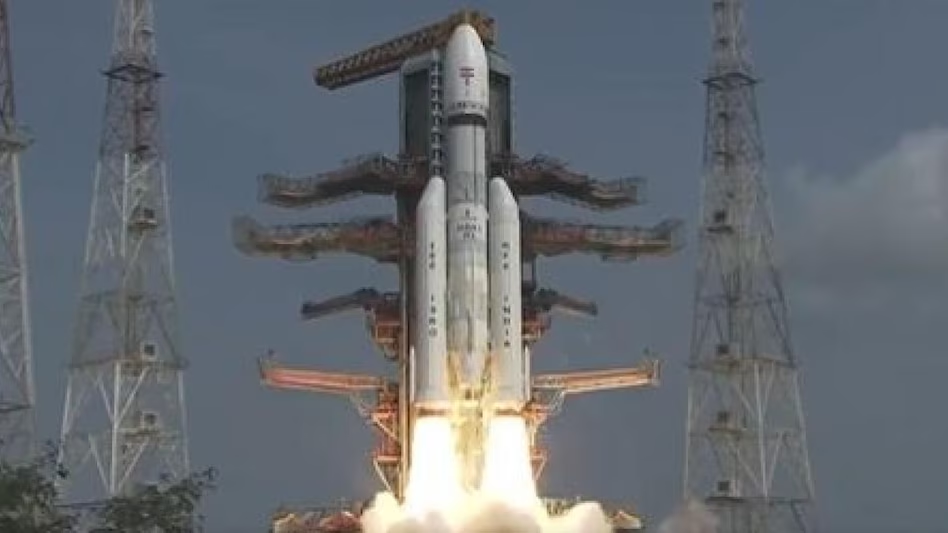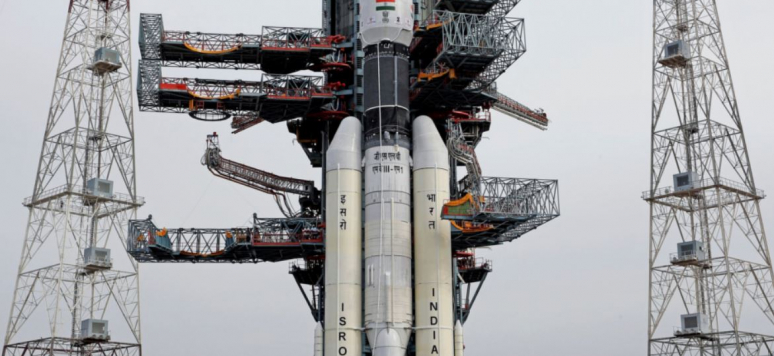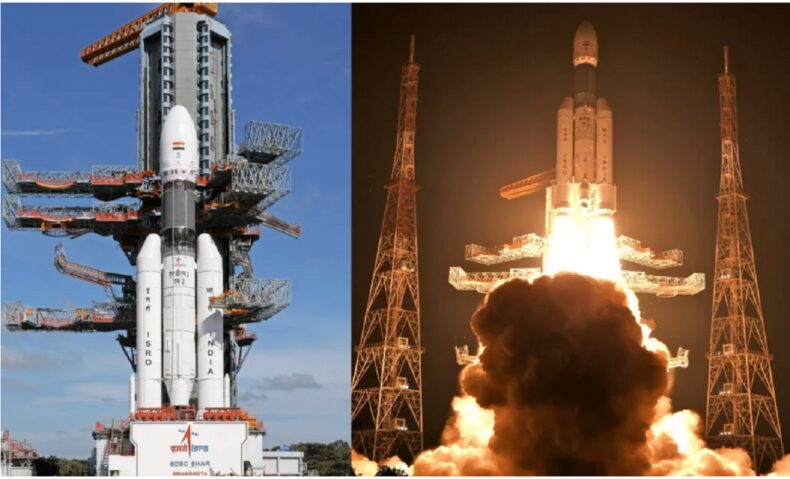In an attempt to establish itself in the position as the world’s leading supplier of commercial rocket launch services, ISRO launched the second batch of 36 satellites owned by UK-based OneWeb today.

36 OneWeb satellites were sent into orbit on Sunday (March 26) during the second commercial launch of the LVM-3 by the ISRO Space Research Organization. This was also ISRO’s second launch for OneWeb, a UK-based business backed by Bharti Enterprises in India and the UK government. It was the sixth launch for India’s largest rocket LVM-3, which also carried out the 2019 launch of Chandrayaan-2, and the second time it had shown off its ability to loft several satellites into low-Earth orbit (LEO). The OneWeb constellation now has 618 satellites in total after its eighteenth launch. In its first-generation constellation, the business plans to utilise 588 active satellites to deliver high-speed, low-latency communication around the world.
According to a press release from OneWeb, the company will support India’s “towns, villages, municipalities, and schools, including the hardest-to-reach areas across the country,” and that its “high-speed, low-latency solutions will assist in connecting communities, businesses, and governments worldwide, demonstrating the unparalleled potential of LEO (low earth orbit) connectivity.”
Since the country chose to open the space sector to private firms in 2020, India has focused on growing its part of the global commercial space market. Despite being one of the largest spacefaring nations in the globe, it now holds only 2% of the commercial market. The heavy launch vehicle entered the commercial market in October 2022 with the launch of 36 OneWeb satellites.
How ISRO’s launch happened
OneWeb originally intended to use the Russian space agency to launch its satellites. After the agency postponed the launch during the Russia-Ukraine conflict, it canceled the plan after getting guarantees from the business supported by the UK government that the satellites wouldn’t be used against them and that the British government would sell its part.
The executive chairman of OneWeb, Sunil Bharti Mittal, stated: “India stood up when we needed them the most. With the Russia-Ukraine war, we suffered a significant setback because six launches that were contracted and fully paid for were canceled. OneWeb is currently battling to recover the money, but it has also lost 36 satellites, including three extremely valuable ones, and more significantly, nearly a year.
Due to the retirement of its Ariane5 rocket and the considerable delays with Ariane6, Europe’s ArianeSpace was no longer viable. With the remaining satellites in the constellation of more than 600 satellites launched by SpaceX and ISRO, Mittal claimed there were few options left once Russia’s Soyuz rockets were in the air. Despite creating a satellite-based network called Starlink that is similar to OneWeb, SpaceX launched some of the OneWeb satellites. And India has launched two LVM3 rockets, placing 72 OneWeb satellites in orbit.
Plans for more commercial launches in India

The missions not only helped ISRO break into the commercial heavy launch market by establishing LVM3 as a viable commercial vehicle, but they also brought in more than Rs 1,000 crore for the organisation. The space agency had to reroute a few of its flights in order to deliver the service to OneWeb, but it ended up bringing in one of the greatest sums of money. Also, the amount of money the space agency has raised has increased over time. The government intends to use commercial launches by ISRO and launches provided by private companies like Skyroot and Agnikul, which are currently developing their own launch vehicles, to increase India’s market share from 2% to 10% by 2030.
The Small Satellite Launch Vehicle (SSLV), which ISRO designed with the intention of offering on-demand launch services commercially, was also created with the commercial sector in mind. Compared to the present workhorse Polar Satellite Launch Vehicle, it has a low turnaround time of days and is significantly more affordable (PSLV). The SSLV has completed two development flights, one of which was successful and the other only partially successful, and it has been added to the ISRO fleet. 384 foreign spacecraft from at least 36 different countries have been launched by ISRO so far, with at least 10 of those missions being specifically designed for commercial use and many others carrying them as co-passenger satellites on other Indian missions. Companies from the United States have launched these products commercially the most frequently. According to a report by the parliamentary standing committee on the space agency’s budget, the 2019-founded commercial arm of ISRO, New Space India Limited, has seen a boost in earnings. According to the research, NSIL’s revenue climbed from Rs 1,731 crores in 2021–2022 to a forecasted Rs 3,509 crores in 2024–2024.

The Committee commends NSIL’s accomplishments in such a short amount of time and encourages the Department to provide NSIL with the necessary resources to enable it to continue, the report stated.
But it’s not just the commercial division; the department’s revenue has also increased. The committee noted that from Rs 929 crore in 2020–21 to Rs 2,780 crore in 2022–23, the Department of Space’s revenue rose. This is also indicative of the Department’s shift from a research-based organisation to a more commercially oriented organisation with robust internal revenues, the committee said.” This increase is close to 200%, and the budget allocation for 2024–2024 is the smallest in the previous three years.













